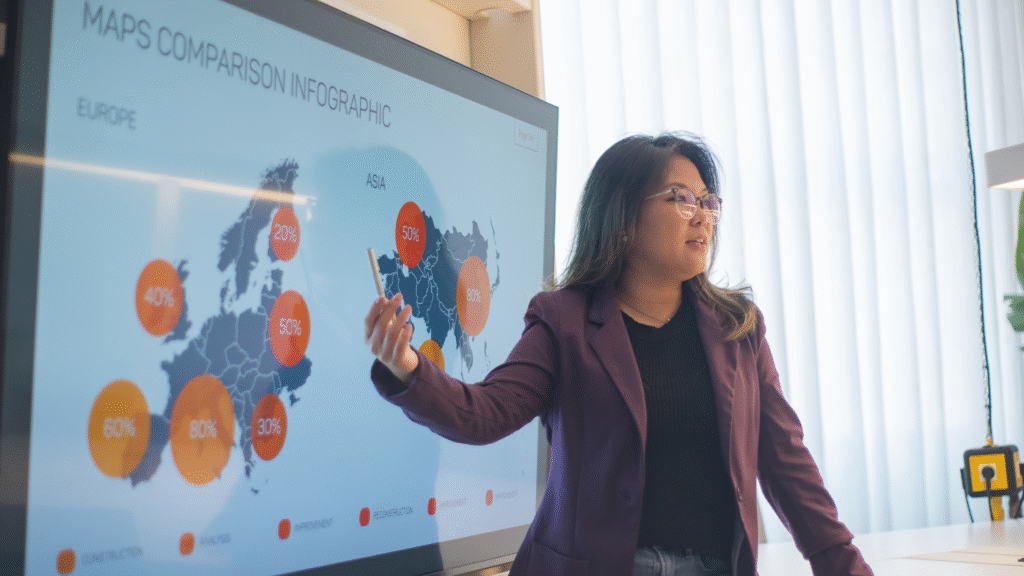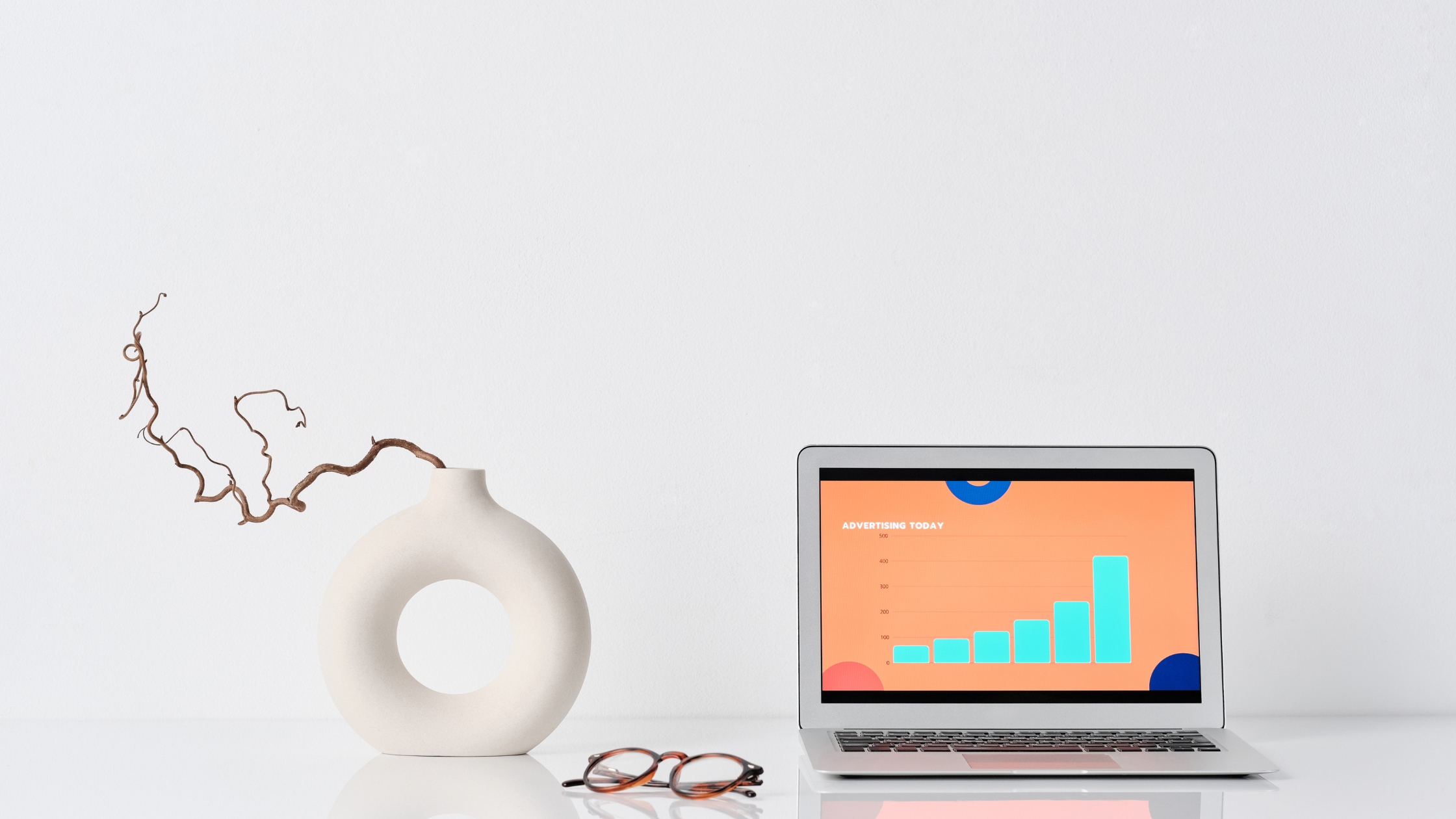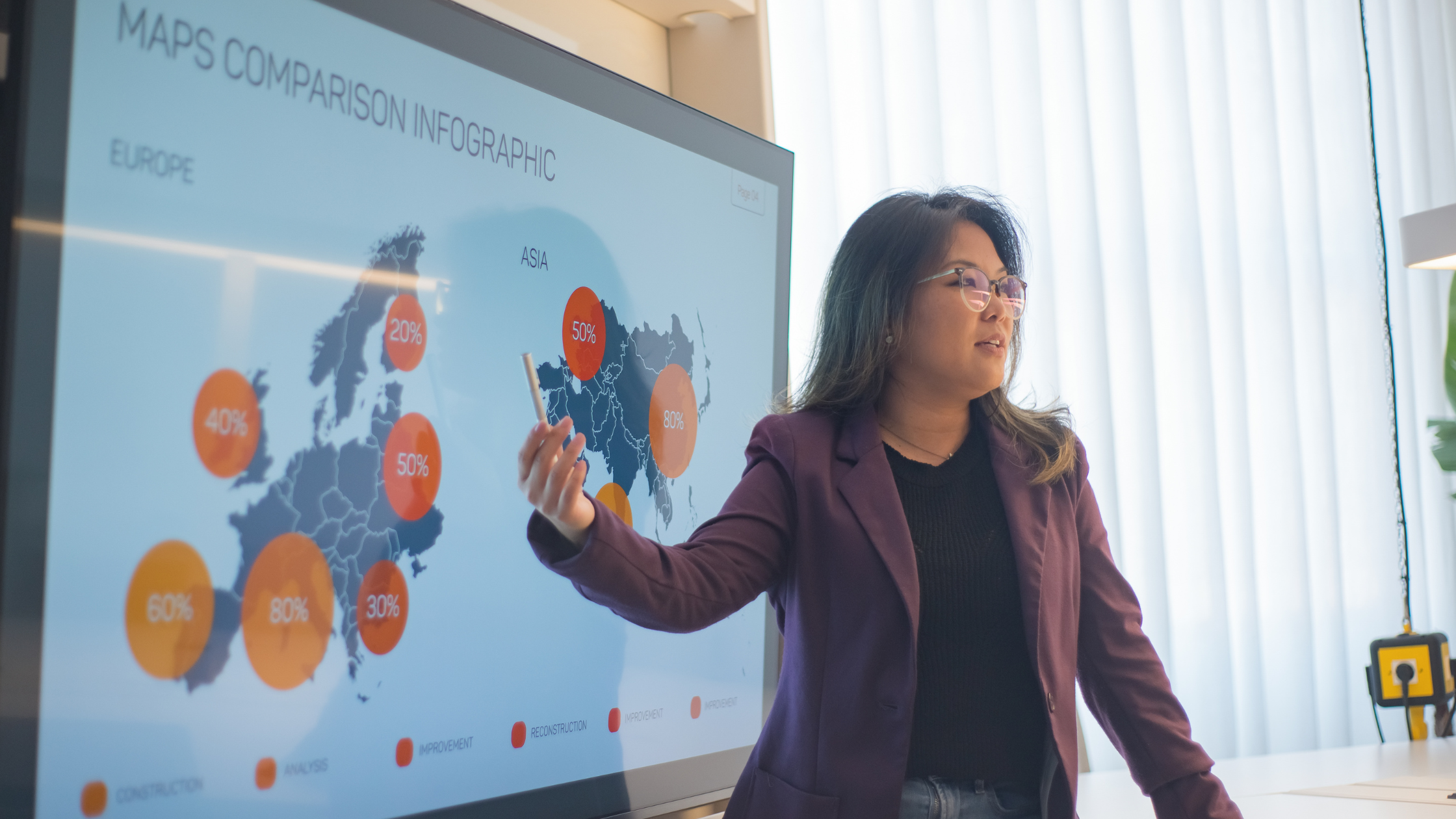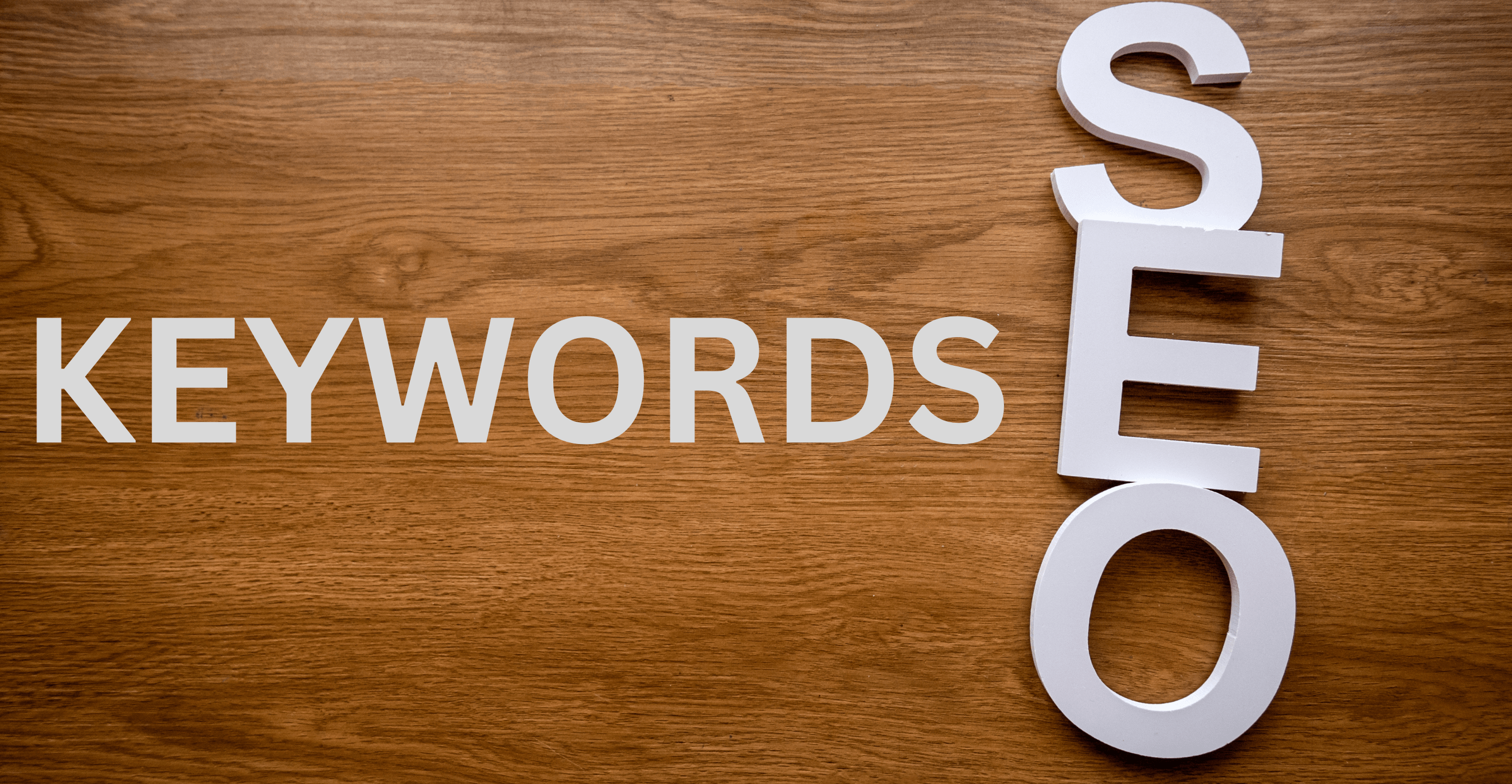Marketing 2025: Where Algorithms Meet Authenticity
As we navigate deeper into the digital-first age, marketing in 2025 is no longer just about visibility—it’s about value, velocity, and veracity. The lines between performance, brand, and product marketing are blurring, creating a new ecosystem where brands must be both deeply human and deeply data-driven.
Whether you’re a startup scaling growth or an enterprise optimizing ROI, understanding the current marketing trends can unlock exponential results. Here’s a strategic breakdown of the most impactful marketing trends in 2025, the shifts shaping consumer behavior, and how your brand can ride the wave rather than get caught under it.
1. The Rise of Synthetic Media and AI-Personalized Content
2025 has officially marked the mainstream adoption of synthetic media. Tools powered by generative AI like Sora by OpenAI, RunwayML, and Synthesia are helping brands produce videos, audio, avatars, and UGC-style content at scale.
This content isn’t just cheaper—it’s hyper-personalized. AI now enables marketers to create multiple versions of the same creative, optimized by user persona, geography, behavior, or even sentiment. Brands like Coca-Cola and Nike are leveraging synthetic ads in different regions, dynamically inserting culturally relevant references in real time.
What this means for marketers: Content marketing is no longer a production problem. It’s a distribution and personalization challenge. Winning brands will master how to plug AI-powered content engines into their performance funnels to maintain freshness without burning out creative teams.
2. Intent-Based Performance > Demographic Targeting
Demographics are dead. 2025 is about intent signals. Platforms like Google and Meta have evolved their algorithms to prioritize zero-party and behavioral data, giving brands the opportunity to reach users based on their search behavior, micro-interactions, and predictive life stages.
Smart marketers are using tools like Clearbit and Segment to analyze user journeys and feed micro-conversions back into paid channels. This powers predictive lookalike audiences that evolve automatically as the consumer journey changes.
Case in point: A D2C skincare brand achieved 4.2x ROAS by shifting from age-based targeting to content engagement triggers (e.g., users who scrolled 60% of a blog post or saved a product to wishlist).
3. “Search” Is No Longer Just Google
One of the biggest shifts in 2025? Search is platform-agnostic.
60% of Gen Z consumers now start product discovery on TikTok or Instagram Reels
B2B buyers use LinkedIn, Reddit, and YouTube to search for solution reviews
AI models like ChatGPT and Perplexity are increasingly used for product recommendations
MarkOps Tip: Implement a multi-surface SEO strategy. Optimize content across platforms—Reddit answers, YouTube shorts, Amazon A+ pages, TikTok captions, and LinkedIn carousels—to become “searchable” wherever your ICP begins their journey.
4. Dark Social & Private Communities Are the New Funnels
Not all conversions can be tracked—and that’s by design. Dark social, referring to shared links, discussions, and brand recommendations in private channels (like WhatsApp groups, Slack communities, Telegram, and Discord), is exploding.
With increasing ad fatigue and privacy regulations, word-of-mouth inside closed networks is driving real brand momentum. Brands like Notion, Figma, and CRED are leveraging ambassador-led micro-communities to build product evangelism.
Trend to act on: Start building exclusive inner circles or invite-only micro-communities for your best customers. Use them to test content, gain feedback, and incentivize UGC.
5. Data Storytelling > Raw Dashboards
2025 marketing is as much about narrative as it is about numbers. CMOs and growth heads are demanding insights, not just analytics. This has led to the rise of data storytelling tools like Narrative BI, Loom storytelling dashboards, and automated reports from Looker Studio.
What this means for marketers: Move away from static reporting and toward interactive, executive-friendly formats. Explain not just what happened—but why it matters and what to do next.
6. Ethical Personalization and Zero-Party Data
As third-party cookies fade and privacy becomes non-negotiable, brands are turning to zero-party data—data shared voluntarily by the customer. This includes quiz responses, preferences, and interactive forms.
Platforms like Jebbit and Typeform are helping marketers collect preferences at the source and dynamically adjust product recommendations, email flows, and even ad creative.
2025 strategy shift: Replace lead magnets with value-based opt-ins (e.g., skin type quizzes, product discovery tools, or ROI calculators). You’re not just capturing emails—you’re capturing intent.
7. From Influencers to “Trustfluencers”
nfluencer marketing in 2025 has evolved into a relationship game. Brands are no longer chasing follower counts—they’re focusing on “trustfluencers”: niche creators with deep influence in tight communities.
Tools like Modash and Insense help brands discover micro-creators whose values align with their product. Bonus? They often generate high-converting UGC that’s reusable across ads.
Example: A SaaS brand found more ROI from a fintech LinkedIn micro-creator (5K followers) than a celebrity post with 1.2M reach—because the audience was primed to act.
8. Real-Time Marketing with Predictive Automation
2025 marketing is moving from reactive to predictive. AI tools are enabling brands to trigger campaigns in real time based on:
Weather changes (hot = cold coffee campaign)
Market trends (stock dips = financial service ads)
Cultural moments (Spotify Wrapped = user UGC invites)
Platforms like Triggerbee and Zapier + ChatGPT integrations are powering live experience marketing—where content adapts as the world changes.
Use case: A travel brand increased CTR by 36% by changing ad creative dynamically based on the user’s local temperature and time zone.
9. Voice, Vision & Touch: The Sensory Web
The web is becoming multi-sensory. Voice search, AR-powered shopping, and gesture-based UX are all gaining ground. With Apple’s Vision Pro and Google’s Project Astra accelerating adoption, immersive content experiences are entering even traditional B2B spaces.
Brands are building AR try-ons, voice-enabled guides, and gesture-based site navigation to create frictionless experiences.
Forward-thinking brands like IKEA and Lenskart are using mixed reality to reduce return rates and boost conversion.
10. The CMO is Now a Technologist
Finally, the most important shift: Marketing is now the most technical department.
CMOs are overseeing Martech stacks, managing data governance, automation flows, AI tools, and CRO strategies. The modern marketer needs fluency in tools like Customer.io, HubSpot Operations Hub, Segment, Fivetran, and Zapier—not just Canva and Meta Ads.
Advice for agencies and freelancers: Upskill in data orchestration, API automation, and conversion strategy. It’s no longer enough to “run campaigns”—you must architect pipelines.
Final Thoughts: 2025 Belongs to the Agile, Authentic, and Analytical
Marketing in 2025 isn’t just changing—it’s converging. Creativity meets code. Brand meets automation. Personalization meets privacy.
For brands like yours, Adish, at TIMSOTS—the opportunity is massive: position your agency as the bridge between old-school storytelling and modern-day marketing science.
Stay nimble, embrace intelligent tools, and lead with empathy. Because the future of marketing isn’t just about what you say—it’s about how you listen, learn, and adapt.




